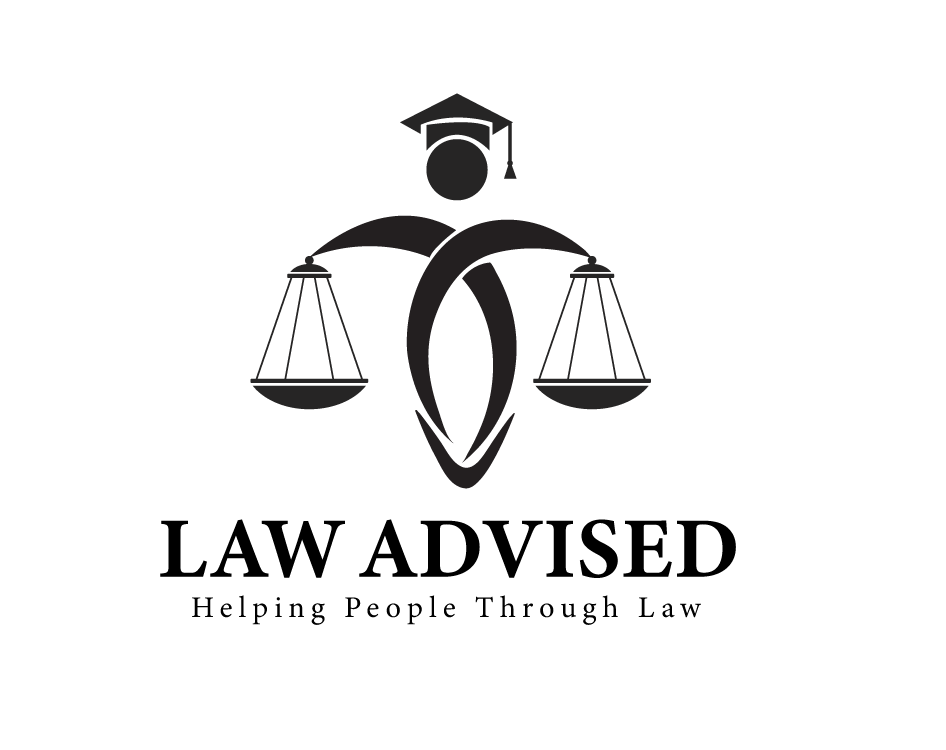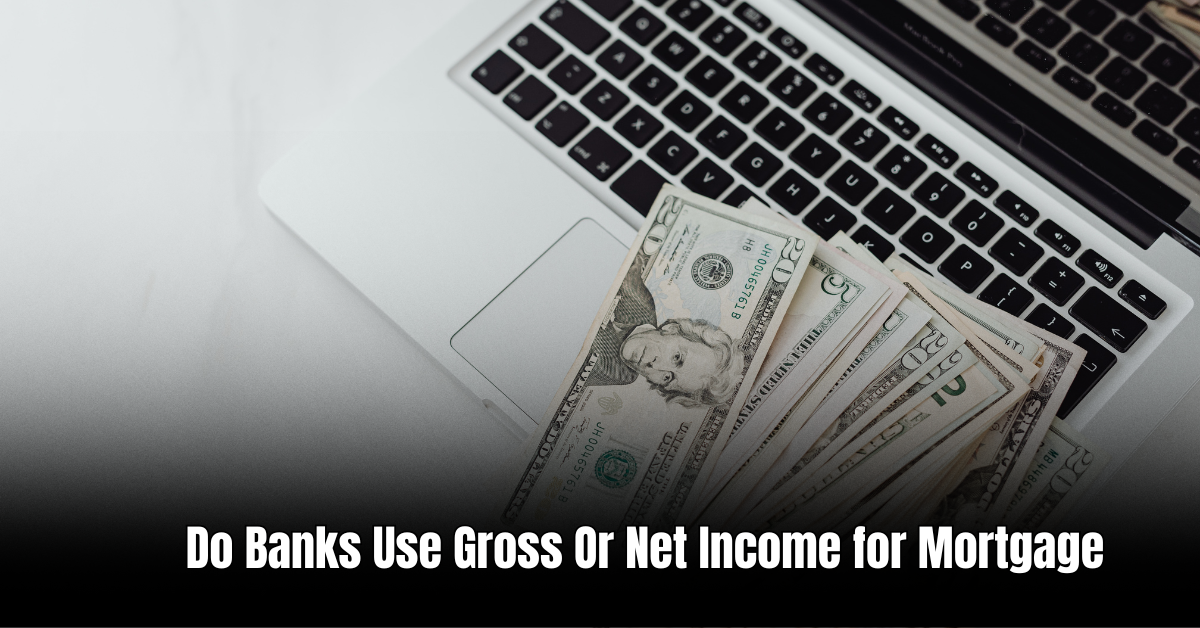When it comes to mortgages, it’s important to understand the difference between principal and interest. This knowledge can empower you as a homeowner to make informed decisions. Let’s delve into the details of how much of your mortgage payment goes towards principal and interest.
The Basics
When you take out a mortgage to finance your home, the loan is typically divided into two parts: the principal balance and the interest. The principal is the actual amount you borrowed to purchase the property, while the interest is the cost of borrowing that money from the lender. It’s essential to note that the interest is calculated based on the principal balance of your loan.
Mortgage Payment Breakdown
When you make your monthly mortgage payment, it consists of different components. The principal and interest portion makes up the majority of the payment, while there may also be additional costs such as property taxes and homeowner’s insurance, depending on your loan terms. However, for the purpose of this article, we will focus solely on the principal and interest breakdown.
To understand how much of your mortgage payment goes towards principal and interest, let’s take a closer look at an example. Say you have a 30-year mortgage with a fixed interest rate of 4%. Your monthly mortgage payment is $1,000.
The Initial Years
During the early years of your mortgage, a larger portion of your monthly payment goes towards interest, while a smaller portion is applied towards the principal. This is because the interest is calculated based on the outstanding principal balance, which is higher at the beginning of the loan term. Using the previous example, during the first few years, around 80% of your $1,000 payment could go towards interest, leaving only 20% towards the principal.
Increasing Principal Payments
As you continue to make regular mortgage payments, the balance of your loan gradually decreases. This means that the interest portion of your payment also decreases over time, allowing a greater percentage to be applied towards the principal. Therefore, in the later years of your mortgage, a larger portion of your monthly payment will go towards reducing the principal balance of your loan.
Benefits of Paying Down Principal
Making extra principal payments can have significant advantages for homeowners. By reducing the outstanding balance of your mortgage, you can potentially save thousands of dollars in interest payments over the life of your loan. Additionally, paying down the principal can accelerate the timeframe within which you become mortgage-free.
However, before making additional principal payments, it’s important to consider your individual financial situation. Make sure to check with your lender to ensure there are no prepayment penalties or restrictions on making extra payments.
Frequently Asked Questions For How Much Principal Vs Interest Mortgage : Mastering Your Home Loan Payments
How Is The Mortgage Payment Divided Between Principal And Interest?
The mortgage payment is divided between principal and interest, with more going towards interest initially, and gradually shifting towards principal over time.
Does Paying Extra Towards Principal Reduce The Overall Interest Paid?
Yes, paying extra towards the principal can help reduce the overall interest paid on your mortgage, saving you money in the long run.
What Is The Importance Of Understanding Principal Vs. Interest In A Mortgage?
Understanding principal vs. interest in a mortgage is important because it allows you to make informed financial decisions and determine how much you are actually paying for your home over time.
How Can I Calculate The Breakdown Of Principal Vs. Interest In My Mortgage?
You can calculate the breakdown of principal vs. interest in your mortgage using an amortization schedule, which provides a detailed overview of how each payment is allocated.
Conclusion
Understanding how much of your mortgage payment goes towards principal and interest is crucial for managing your finances effectively. While the initial years tend to have a higher interest allocation, consistent payments gradually shift the balance towards reducing the principal. By paying down your principal, you can save money on interest and potentially pay off your mortgage sooner.
Remember, each mortgage is unique, and it’s always a good idea to consult with a financial advisor or mortgage professional for personalized guidance based on your specific circumstances.
Ismail Hossain is the founder of Law Advised. He is an Divorce, Separation, marriage lawyer. Follow him.




Leave a Reply